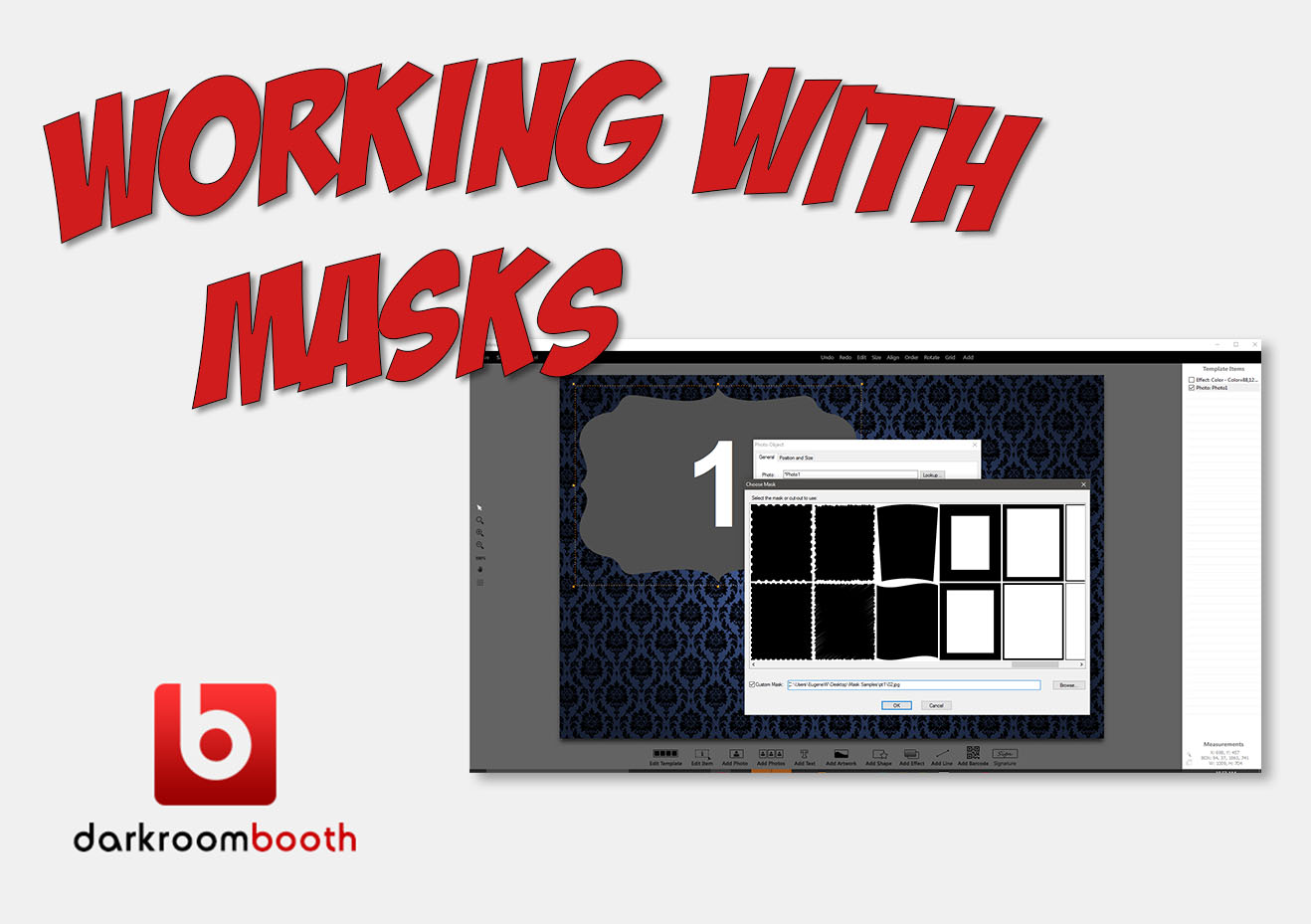
Throughout the decade of the 1990s Hunter spent a week each spring photographing in the low country of South Carolina and a week photographing in the mountains of North Carolina around Asheville. The works not only resemble the stark compositions in photography's early formalist experiments, they intentionally mimic an even earlier phase in the medium's development and the fragile, aged images taken a century ago." Ītlanta Journal-Constitution critic Jerry Cullum wrote of Hunter's 2006 solo exhibition at Thomas Deans Fine Art, "Rich with the antique technique of platinum-palladium printing, the black-and-white pictures glow as if with an inner light.Hunters work incarnates a sense of aching nostalgia for some of us-there is nothing intrinsically mysterious about his mists and roads and secluded woodlands, but the entire sensibility of the photograph suggests another place and time.But Hunter has always been famed for transforming the utterly familiar into something rich and strange." The technique invests his photographs with an ethereality in which edges often bleed into the creamy paper they are printed on.
#BLLED DARKROOM BOOTH SERIES#
This later exhibition drew the following observations from one critic: "Frank Hunter, approaches landscape and human-made structures with an almost entirely formal, surface vision in his series Still Points.Hunter hones in on the delicate detail: the lacework on the edge of a curtain, the curve of a wooden banister, the shadow cast by a windowpane on the floor. In the catalog of a solo exhibition at Jackson Fine Art in 1998, "Frank Hunter: Laments," (June 4-July 31) the photographer and critic John Rosenthal wrote: "In Hunter's photographs, many of which reach out to a poised moment of ripeness, the journey to darkness is implicit-a sorrow that his quest for the brief moment of perfect light has taught him." This was followed by a two-person exhibition in 2000. The two solutions can be mixed, as Hunter has done, for prints that are technically exquisite.This is lush, romantic imagery at its best." The first major exhibitions of Hunter's platinum/palladium work were at Fahey Klein in Los Angeles, California (April 14-May 14, 1994) and at Jackson Fine Art in Atlanta, "Frank Hunter: Platinum/Palladium Prints" (June - July 31, 1994) Of the latter exhibition, the critic Gretchen Matis wrote, "Palladium is a process very similar to platinum. It was at this time that Hunter begin a relationship with a Polaroid Corporation, which encouraged his work with Polaroid materials. With these grants he worked to perfect alternative photographic processes, making large prints in platinum/palladium and using Printing-out paper. In the early 1990s Hunter received a number of grants from the Fulton County Arts Council and the Arts Council for the state of Georgia. After receiving his Master of Fine Arts degree in 1986, Hunter moved to Atlanta, Georgia, where he taught photography at several universities for the following fifteen years. Hunter's interest in 19th-century processes began in the late 1970s while he working for the El Paso Public Library, where he made prints from glass-plate negatives. Upon graduation, Hunter was awarded an Artist-in-Residency Fellowship from The Issac W.


He was the first graduate student in art to be awarded the university-wide John Cady Graduate Fellowship. At Metz's urging, Hunter studied with the photographer Nathan Lyons at the Visual Studies Workshop in Rochester New York.įrom 1982–1985, Hunter pursued a Master of Fine Arts degree at Ohio University, where he studied with Professor Arnold Gasson. During the early 1970s he studied photography with Gary Metz at the University of Colorado, Boulder while earning an MA in Communications. 5 Bull City Summer: A Season at the Ballpark (2011-2013)įrank Hunter was born in El Paso, Texas in 1947.


 0 kommentar(er)
0 kommentar(er)
